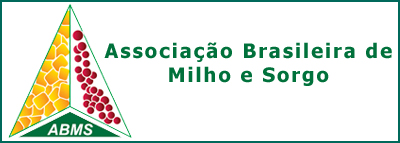DYNAMICS OF MILLET STRAW CULTIVATED AT DIFFERENT SOWING DATES IN THE OFF-SEASON
DOI:
https://doi.org/10.18512/rbms2022vol21e1228Abstract
The millet straw dynamics at different sowing dates in the off-season were evaluated in an experiment conducted in Rio Verde-GO. The experimental design used was randomized blocks arranged in a split-plot scheme, with four replications and four sowing dates. Five millet genotypes, two cultivars (ADR300 and ADR500) for biomass production, a dual-purpose hybrid (ADR8010) for grain and biomass production, and two hybrids (ADR9010 and ADR 9020) for grain production were used. Biomass production was performed at 0, 60, 94, 140, and 178 days after grain harvest. The millet cultivars and hybrids showed similar dry biomass production at different sowing dates, with an average production of 8,917 kg ha-1. The ADR300 and ADR500 cultivars and the ADR8010 hybrid showed similar dry biomass decomposition rates at all sowing dates. The hybrids ADR9010 and ADR9020 showed lower rates of straw decomposition in the fourth sowing date than the other genotypes. The hybrids ADR9010 and ADR9020, specific for grain production, have the potential for biomass production similar to the cultivars, regardless of the sowing dates.
Downloads
Published
How to Cite
Issue
Section
License
Authors retain copyright and grant the journal right of first publication with the work simultaneously licensed under the Creative Commons Attribution License that allows the sharing of work and recognition of the work of authorship and initial publication in this journal.
Authors are able to take on additional contracts separately for non-exclusive distribution of the version of the paper published in this journal (eg, in an institutional repository or publish as a book), with acknowledgment of its initial publication in this journal.
Authors are permitted and encouraged to post their work online (eg, in institutional repositories or on their website) at any point before or during the editorial process, as this may leadto productive exchanges, as well as increase the impact and citation of published work.



